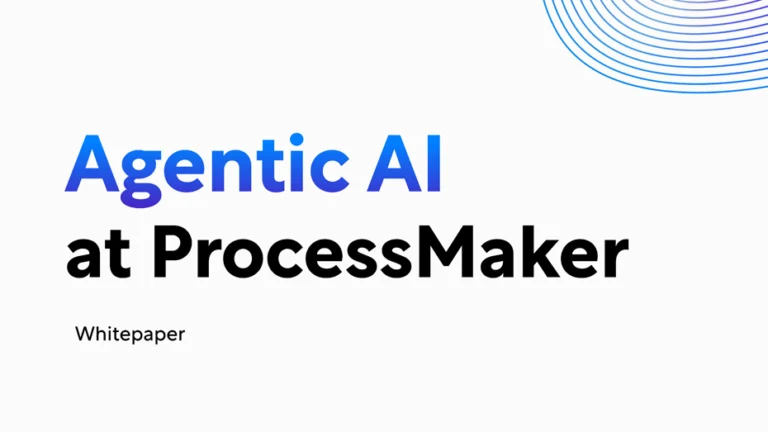The COVID-19 pandemic has caused widespread and unpredictable effects on practically every sector of the economy. Yet not all these impacts have been negative. Some industries have experienced a significant boost in demand as consumer preferences have changed. Community colleges are among those that have benefited and will continue to benefit as college students look for safer and more affordable options.
And it could not have come at a better time for community colleges. Community college enrollment had been on a steady decline since hitting a peak in 2010 following the Great Recession. In this article we look at that decline and any clues that college enrollment trends during the Recession may offer. We will then explore the changes in community college enrollment brought on by the pandemic and conclude by looking at how community colleges can prepare for a potential influx of new students.
The great community college enrollment decline
Overall,community college enrollment grew rapidly during the first decade of the 21st century. Growth rates in community college enrollment were not equally distributed, however. Between 2001 and 2002, enrollment increased by 5%. That rate slipped to an average annual increase of 0.7% between 2002 and 2006. Between 2006 and 2010, however, community college enrollment increased by some 20.3%, or 4.8% annually.
This spike in enrollment was largely brought on by the Great Recession. According to a report entitled Completing College: A National View of Student Attainment Rates – Fall 2008 Cohort by the National Student Clearinghouse Research Center (NSC), researchers found that community college enrollment largely grew due to older students pursuing an education.
According to the Executive Director of the NSC, “During the Great Recession, our data showed that the impact on postsecondary institutions is not immediate; community colleges and for-profits saw the greatest increases in enrollment, mostly among older students who showed up later in the recission.” Students aged 25 and over were motivated to enroll at community colleges to improve their skills and/or move to new fields.
Interestingly enough, the Great Recession had no significant impact on enrollment rates for students aged 18-to-24. Community college enrollment rates for these students increased before plateauing between 2009 and 2011, only to decline from there. The NSC report also found that while enrollment rates peaked during the recession, completion rates declined. The decline in completions was the largest among older students. The reason being that once the labor market began to improve, more and more students left school to return to work.
Since its peak in 2010, community college enrollment has declined markedly. Between 2010 and 2017, enrollment at community colleges dropped by 11.9%. Yet, low unemployment rates tell only part of the story. Another major challenge that community colleges face is a decrease in the number of students graduating high school in some regions. For example, New England is expected to see a 10 percent decline in the number of high school graduates between 2013 and 2023.
A decline in enrollment has a trickle-down effect that impacts community college business models. Colleges face increasing pressure from legislators to improve completion rates and the number of students transferring to four-year colleges and universities. Yet, these schools lack the funds to offer the same level of programming and in many cases cannot. Unable to offer a broad range of programming, prospective students go elsewhere.
But with the fundamental changes in daily life brought on by the pandemic, should community colleges except a Great Recession like surge in enrollment?
Community college enrollment rise in the age of COVID-19
On the surface, the economic downturn brought on by the global outbreak of the Coronavirus, resembles, if not dwarfs the Great Recession. For instance, during the height of the Great Recession, approximately 800,000 jobs were lost in March of 2009, and about 8.6 million jobs were lost in total. In April of this year, however, more than 20 million jobs were lost and according to some estimates, some 40 million jobs have been lost since the start of the pandemic. Likewise, during the Great Recession, the unemployment rate peaked at 10%, while it hit 14.7% in April of 2020.
While the U.S. government has yet to enact legislation like the 2009 TAACCCT program which provided community colleges with an extra $2 billion in funding to provide extra workforce training for adults, unemployment rates suggest that more nontraditional aged students may return to school. Granted, while it is not clear whether the downturn will be as long lived as the last recession, some workers will find that their jobs no longer exist, and many will need to pursue training and education.
To be sure, COVID-19 has brought with it a whole host of concerns that did not exist during the Great Recession. For instance, students did not fear leaving their houses or living on campus. Although it is early, some studies have found that students are apprehensive about returning to school and some will even pursue an education elsewhere.
Consider that:
- 17% of college students either do not know or do not plan to return to school in the fall
- 4% of college students said they will enroll at a different institution if their current school does not offer online instruction
- 1-in-10 high school seniors that were planning to attend a 4-year college or university prior to the pandemic have now made alternative plans and approximately ½ will enroll at a community college
In times of uncertainty, college students are prioritizing value and affordability. The general line of thinking is that if they are going to be completing online courses anyway, they might as well complete courses at community colleges that charge 50% less than larger institutions. Students will face some short-term challenges, like high school graduates that have already been accepted at 4-year schools reapplying to community colleges or having to transfer credits to a new school once the pandemic is over. But for many students the savings justify the means, and the evidence indicates that community colleges are about to experience a surge in enrollment.
Preparing for the community college enrollment surge
Weathering the coming storm and seizing the opportunity to boost enrollments is all about being prepared. Community colleges need to start looking at their existing processes. They must examine whether their workflows are capable of handling both a greater number of students and offering more flexible educational opportunities.
For example, many students will seek to enroll at community colleges for online courses. If schools are not prepared for institution-wide online offerings, now is the time to start planning and implementing. Ensuring that schools have the technology in place is an important aspect of online education, but it is not the only part. Faculty and staff must be trained. Everyone in the organization needs to know their roles and responsibilities in each new process.
One of the best ways for community colleges to prepare for increases in enrollment is with workflow automation built for colleges and universities. Organizations can easily design and test new workflows to ensure they are operationally efficient. Community colleges can also replace time consuming manual processes by automating their workflows so they can accommodate an influx of students without creating breakdowns in their existing processes. Automation also enables community colleges to provide superior student experiences and significantly boost student retention.





